Microsoft and Qualcomm team up for a revolution in mobile PCs
Always connected, long battery life and much more.
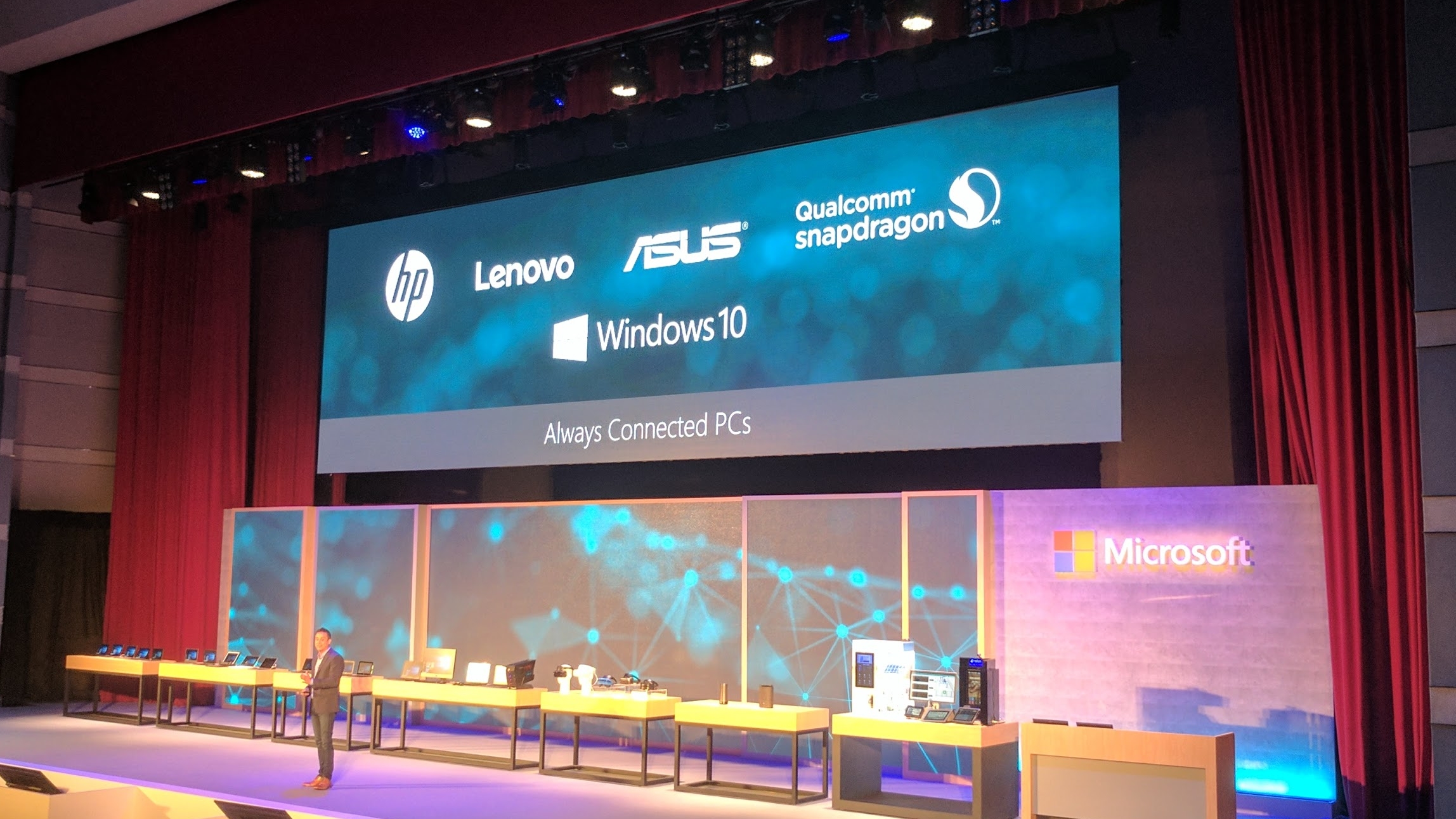
The big news from Computex 2017 keeps coming, with Microsoft and Qualcomm, the company best known for making mobile SoCs (System on Chip) that power some of the most popular smartphones in the world, announcing that Windows 10 is coming to devices made by Asus, HP and Lenovo that will run on the Snapdragon 835 platform.
These companies are producing slim, light and fanless PCs that run the full version of Windows 10. As with Qualcomm's Snapdragon platform for smartphones, these PCs will have LTE mobile data connections built in.
Not only does this mean that the laptops will be able to have an internet connection pretty much anywhere they go – rather than relying on Wi-Fi hotspots – it also means the laptop can remain connected to the internet, syncing files, updating programs and receiving emails, even when in standby mode.
Of course, by using an LTE mobile data connection rather than relying on open Wi-Fi networks, these laptops should be more secure as well.
- These are the best laptops for students you can get right now

The best features of smartphones coming to Windows 10 laptops
Because these new laptops will run on a Snapdragon 835 SoC that includes the Qualcomm Kryo 280 CPU, Qualcomm Adreno 540 GPU for graphics, as well as other components that are usually separate entities on a regular PC's motherboard, they will be far more energy efficient, so they should have what Qualcomm is calling 'beyond all-day' battery life.
These machines should also last between four to five times longer in standby than current laptops.
The Snapdragon 835 SoC is also much smaller than the components used in regular laptops, which means more space can be given to bigger batteries.
Get daily insight, inspiration and deals in your inbox
Sign up for breaking news, reviews, opinion, top tech deals, and more.
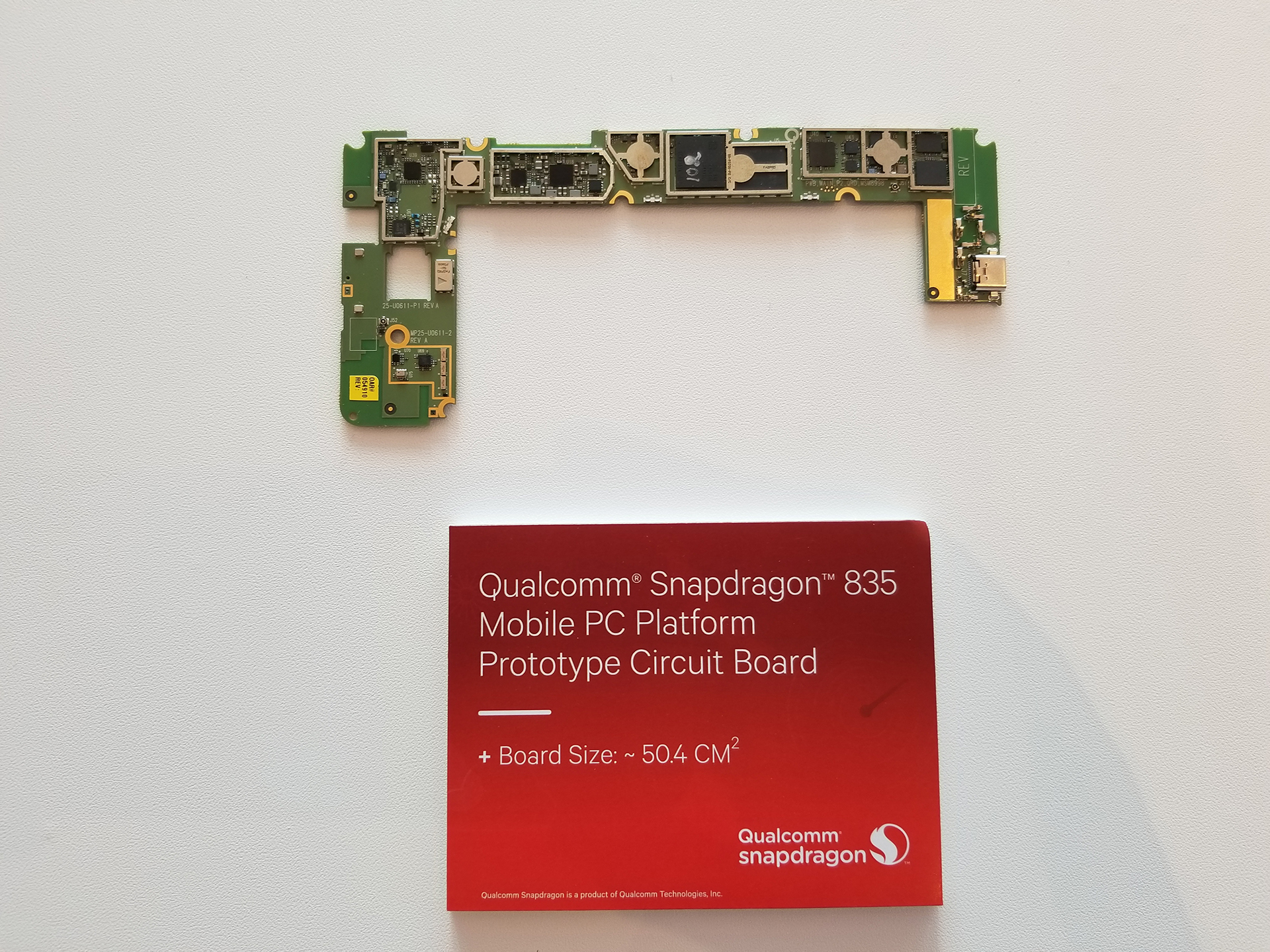
These laptops will also be thinner and lighter as a result. They will also not need fans to keep the components cool – which again keeps the size and weight of the laptops down, while also ensuring that they operate silently.
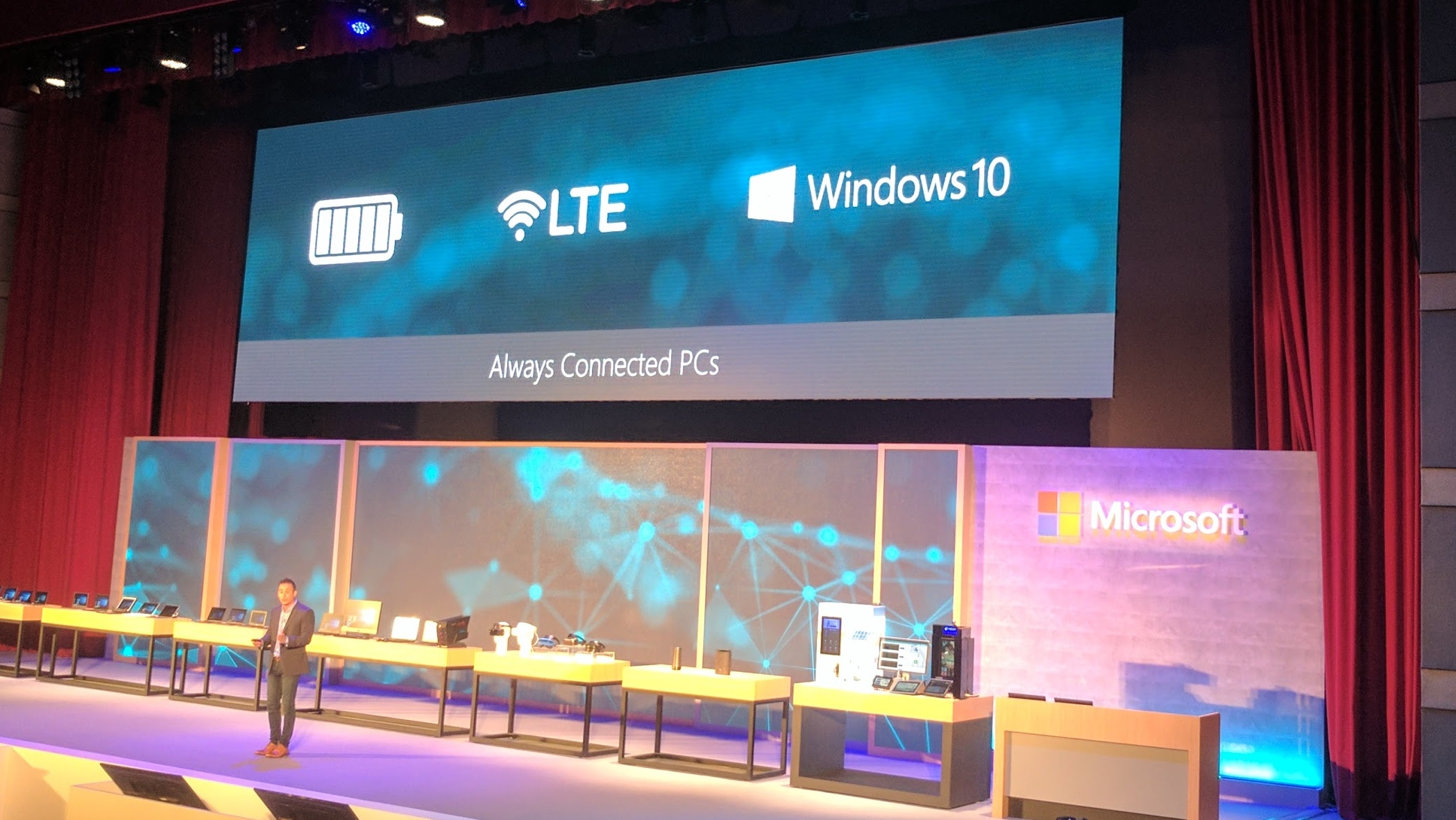
The full Windows 10 experience
Perhaps most excitingly, these Snapdragon-powered laptops will be able to run the full version of Windows 10. Not Windows 10 S, which only allows apps to be downloaded from the Windows Store, or the upcoming Windows 10 ARM, which will have limited compatibility. Full Windows 10, which means you'll be able to run pretty much any program or app on Windows 10 on Snapdragon 835 that you would on Windows 10 running on an Intel or AMD processor.
All UWP (Universal Windows Platform) apps that are available on the Windows Store will be able to be run natively on Windows 10 on Snapdragon 835. Meanwhile older, legacy win32 programs will also run seamlessly through emulation.
We were shown a demo by Qualcomm where they ran the 32-bit version of Microsoft Office designed for x86 CPUs from Intel and AMD on a test machine running Windows 10 on Snapdragon 835, and the results were very impressive – there were no noticeable performance issues caused by the emulation.
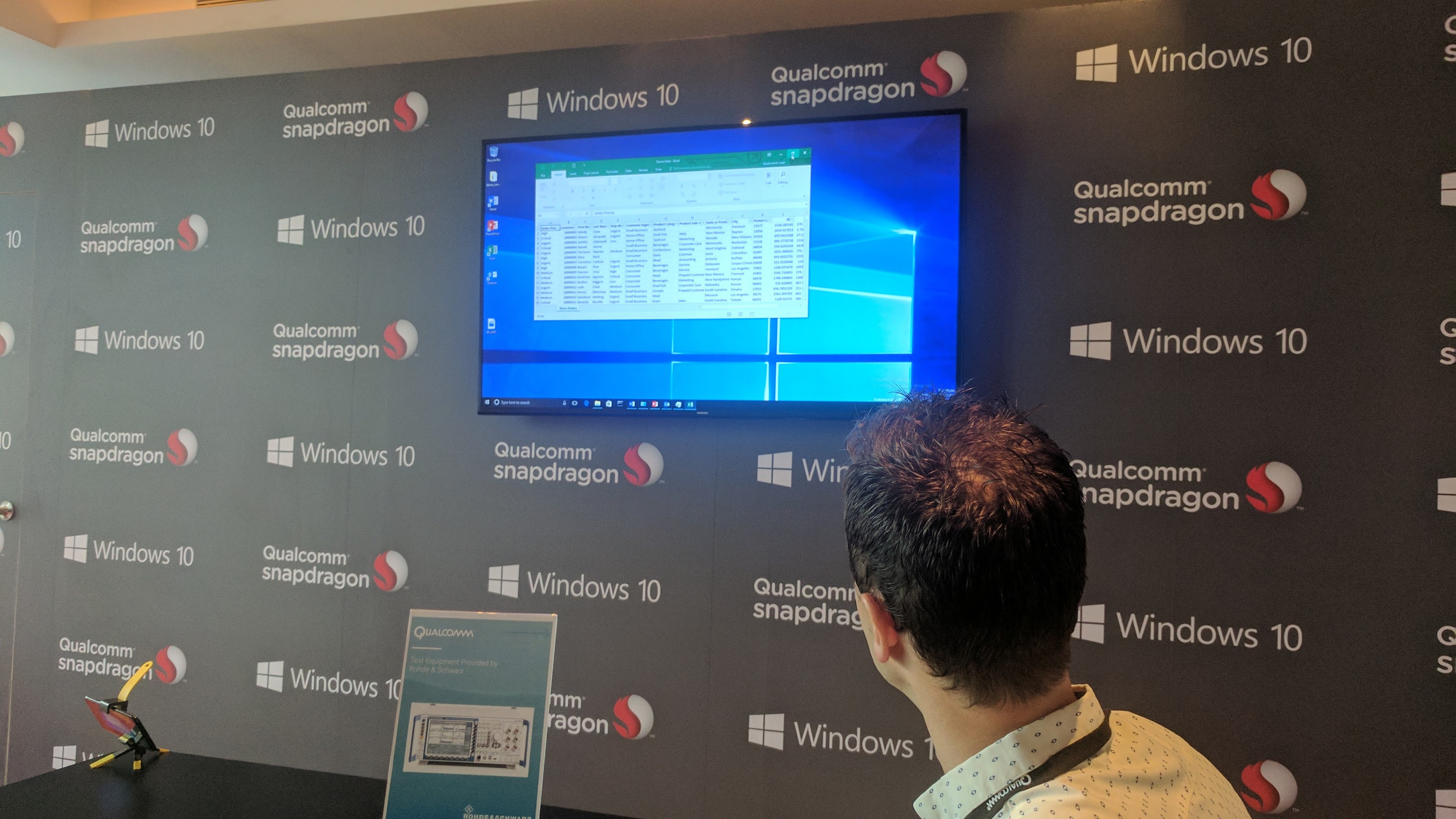
Qualcomm was keen to stress that these older programs are running through emulation not through an emulator. What this means is that the emulation process is handled by the SoC's kernel itself. So while there will be some impact on performance due to the nature of emulation, rather than running software natively, this impact is reduced as much as possible.
We were also shown how quick and easy it was to download and install a regular win32 program (the 7 Zip tool) – and the process was exactly the same as in regular Windows 10 – there was no indication that the machine was running emulation behind the scenes.
This ease of use – and the performance we saw from such a small device with rather modest specifications compared to regular laptops – was very impressive.
Qualcomm stated that it recognises the freedom that full Windows 10 provides – music to our ears.
Windows 10 features such as Windows Hello biometric security and the Cortana virtual assistant are also present. Cortana, thanks to the Snapdragon 835 platform's always-connect design, can run in the background and listen out for commands even when the laptop is in standby mode – something it currently cannot do on regular laptops.
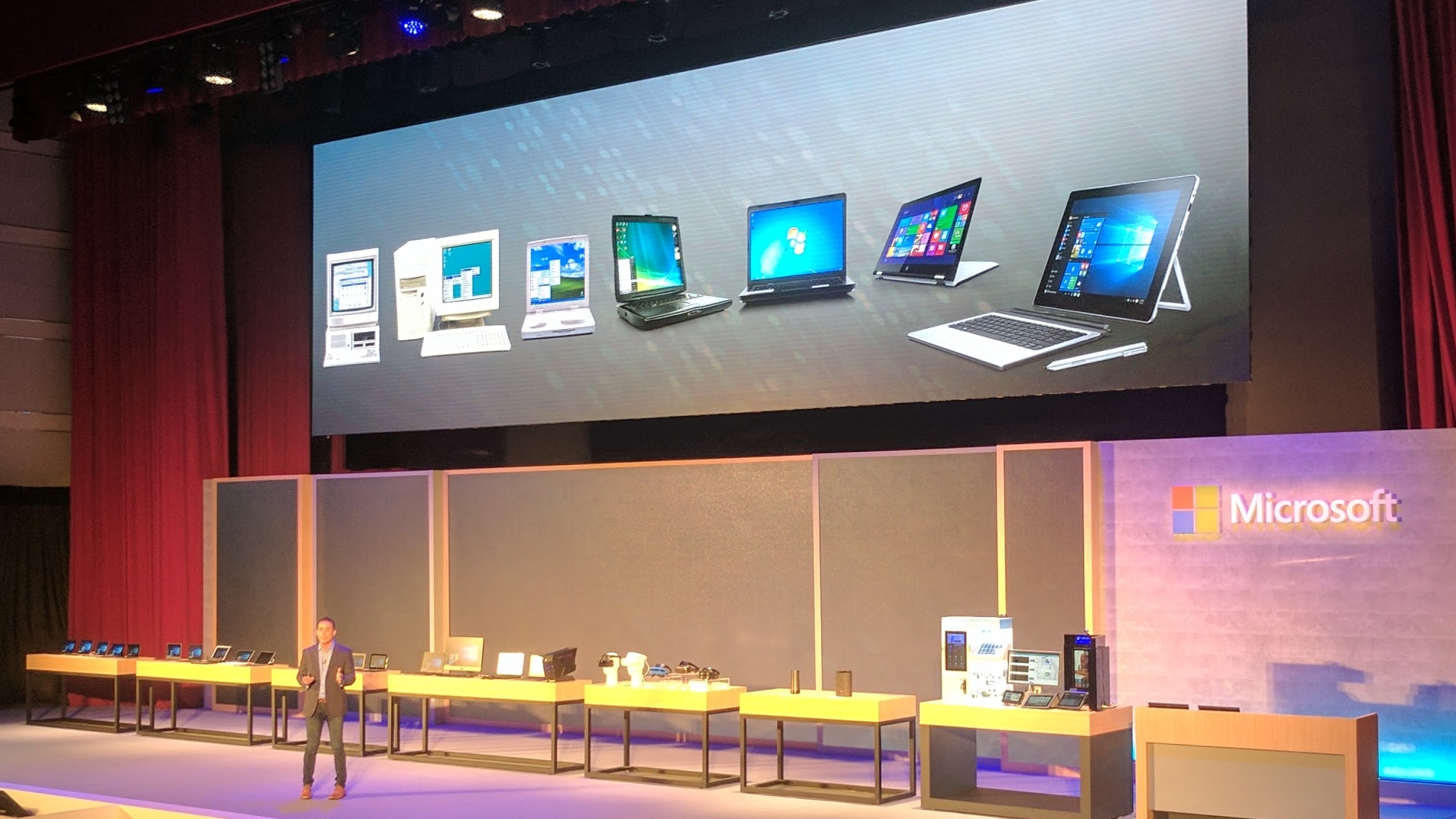
Big name brands
While we knew that Windows 10 was coming to Qualcomm's mobile Snapdragon platform, the big announcement by Microsoft and Qualcomm at Computex 2017 was that some of the biggest names in laptop manufacturing were producing Snapdragon 835-powered laptops – and they seem pretty excited about the prospect.
Jeff Meredith, senior vice president and general manager, PCs and smart devices, consumer business segment, Lenovo, said “We’re excited to work with Microsoft and Qualcomm Technologies to bring a whole new class of devices to consumers that will change the future of personal computing.”
Jerry Shen, chief executive officer, of Asus, was also looking forward to what the collaboration will bring. “With the Snapdragon Mobile PC Platform powering our new line up of Windows 10 devices, our users now can take advantage of new always on, always connected experiences available to them.”
This partnership between Microsoft, Qualcomm and some of the biggest names in laptops really has the potential to disrupt the laptop CPU market, which has been traditionally dominated by Intel – and to a lesser extent AMD.
We chatted to Qualcomm’s vice president of global product marketing Don McGuire about who Snapdragon 835 will cause a fundamental shift in the way we use our PCs.
Meanwhile, Matt Barlow, corporate vice president of Windows marketing at Microsoft claimed that “This collaboration offers consumers something new, and [something] that they have been craving – the best of a mobile computing experience with the best of Windows 10, all in one thin, light, connected device.”
Exciting times for thin and light laptops are definitely ahead.
- Want a tablet and laptop combined? These are the best 2-in-1 laptops

Matt is TechRadar's Managing Editor for Core Tech, looking after computing and mobile technology. Having written for a number of publications such as PC Plus, PC Format, T3 and Linux Format, there's no aspect of technology that Matt isn't passionate about, especially computing and PC gaming. He’s personally reviewed and used most of the laptops in our best laptops guide - and since joining TechRadar in 2014, he's reviewed over 250 laptops and computing accessories personally.